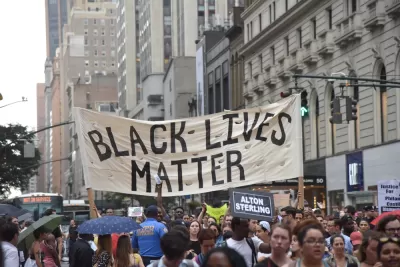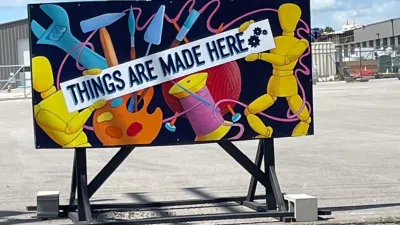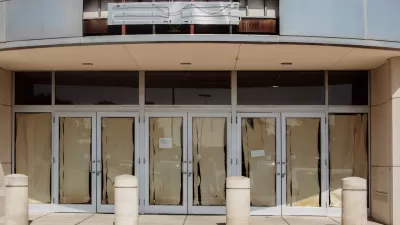Data on the pandemic shows once again the dramatic consequences of racial inequalities. Community Development Financial Institutions must focus on ensuring equity for Black-owned businesses.

Crises are the fulcrums of who we are as a society. The current COVID-19 pandemic is no exception. From the front-line health care and emergency workers to the idled people building toilet paper igloos in their homes, this crisis spotlights how our past experiences and decisions shape our current behaviors and reactions. And racism is our country’s most powerful shaper.
In the fifth week of wall-to-wall coronavirus news coverage, we began seeing data on the dramatic consequences of racial inequity. In Chicago, more than 70 percent of virus-related fatalities were among Black people—a percentage more than double their share of the population. In Michigan, Blacks make up about 15 percent of the state population but represent 52 percent of COVID-19 deaths. The same story is playing out in East Coast cities and Southern states where the virus has emerged.
We are told that viruses don’t discriminate, that this is an equal opportunity threat. Epidemiologically that may be true, but the conditions that created the virus’ existential consequences were years in the making.
Repeating History
Our finance industry is not unaffected. On March 27, Congress approved an unprecedented amount of money aimed at softening the pandemic’s economic consequences under the CARES Act. Included in the Act was $359 billion for the Payroll Protection Program (P3) to protect small businesses and nonprofits from being wiped out by providing forgivable loans through the Small Business Administration (SBA).
It was a major victory that, for the first time in history, the SBA opened up its programs to nonprofit corporations. However, the SBA is pushing out those loans through our current banking infrastructure, which has historically failed communities of color.
...
FULL STORY: Let’s Interrupt History: Racial Equity in a Time of Crisis

Planetizen Federal Action Tracker
A weekly monitor of how Trump’s orders and actions are impacting planners and planning in America.

San Francisco's School District Spent $105M To Build Affordable Housing for Teachers — And That's Just the Beginning
SFUSD joins a growing list of school districts using their land holdings to address housing affordability challenges faced by their own employees.

The Tiny, Adorable $7,000 Car Turning Japan Onto EVs
The single seat Mibot charges from a regular plug as quickly as an iPad, and is about half the price of an average EV.

Trump Approves Futuristic Automated Texas-Mexico Cargo Corridor
The project could remove tens of thousands of commercial trucks from roadways.

Austin's First Single Stair Apartment Building is Officially Underway
Eliminating the requirement for two staircases in multi-story residential buildings lets developers use smaller lots and more flexible designs to create denser housing.

Atlanta Bus System Redesign Will Nearly Triple Access
MARTA's Next Gen Bus Network will retool over 100 bus routes, expand frequent service.
Urban Design for Planners 1: Software Tools
This six-course series explores essential urban design concepts using open source software and equips planners with the tools they need to participate fully in the urban design process.
Planning for Universal Design
Learn the tools for implementing Universal Design in planning regulations.
Smith Gee Studio
City of Charlotte
City of Camden Redevelopment Agency
City of Astoria
Transportation Research & Education Center (TREC) at Portland State University
US High Speed Rail Association
City of Camden Redevelopment Agency
Municipality of Princeton (NJ)





























